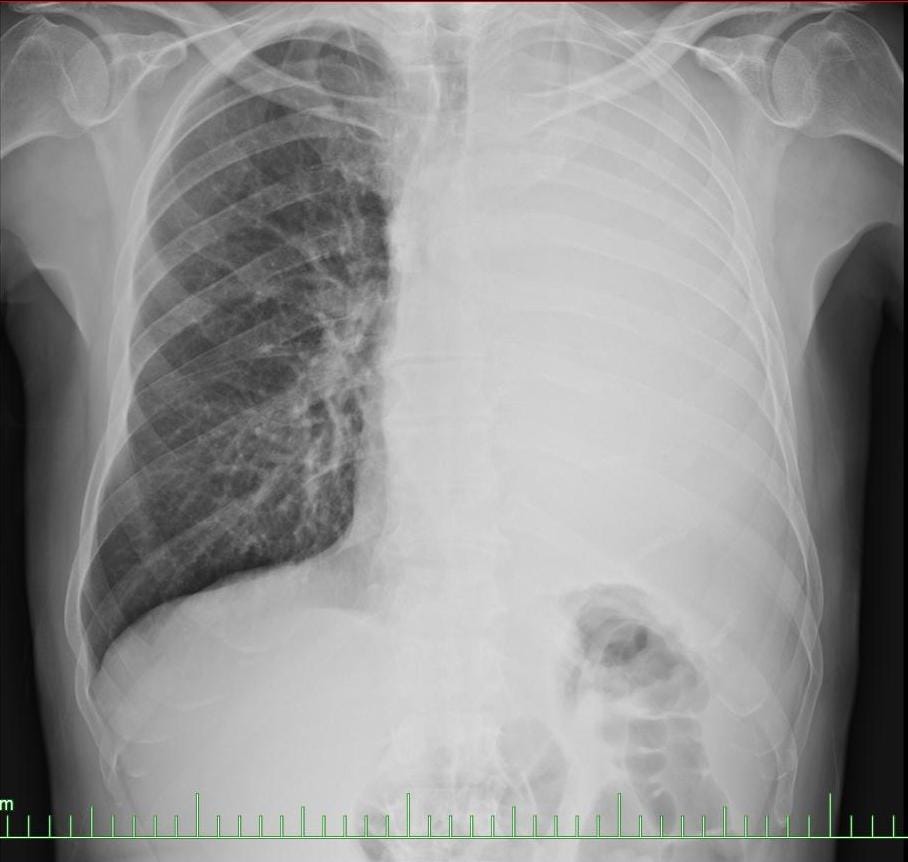Public health officials in Kansas are responding to a tuberculosis outbreak that has tragically resulted in two fatalities and has caused illness in numerous other individuals. The situation is considered a serious public health concern, and authorities are working to contain the spread of the bacterial infection and to provide necessary care to those affected. Tuberculosis, commonly known as TB, is a contagious infection that primarily affects the lungs, but can also impact other parts of the body. It spreads through airborne droplets when an infected person coughs, sneezes, or speaks, making close contact with an infected individual a high risk factor. The current outbreak has raised concerns due to the multiple cases and the severity of some instances, including the deaths. Public health agencies are actively engaged in tracing contacts of infected individuals to identify and test anyone who may have been exposed. Contact tracing is a fundamental part of controlling tuberculosis outbreaks, as it helps to prevent further spread by ensuring early diagnosis and treatment for those infected. This process involves identifying individuals who may have been in close contact with known cases, conducting testing, and providing treatment as needed. In addition to contact tracing, public health authorities are focusing on educating the public on the signs and symptoms of tuberculosis. These symptoms can include a persistent cough, fatigue, fever, night sweats, and unexplained weight loss. Early detection is crucial in preventing the disease from advancing and also in minimizing the chances of transmission to others. Individuals experiencing any of these symptoms are encouraged to seek medical attention immediately for proper diagnosis and care. Treatment for tuberculosis involves a course of antibiotics, which can last for several months. Adherence to this treatment plan is critical for successfully curing the infection and preventing the development of drug-resistant tuberculosis. Failure to complete the full course of medication can result in the bacteria becoming resistant to the antibiotics, making treatment more challenging and prolonging the period of potential transmission. The identification of the source of the outbreak is a primary focus of ongoing investigations. Health officials are analyzing data to determine whether there is a common source of exposure, which could include a specific location or environment. This information is essential for taking preventative steps to prevent future outbreaks. The outbreak underscores the importance of maintaining robust public health infrastructure to address infectious disease outbreaks promptly and effectively. Surveillance and reporting systems are critical for early detection of potential outbreaks, and a capable health system is essential for providing timely care and initiating interventions. The outbreak serves as a reminder that infectious diseases like tuberculosis continue to be a public health concern, even in developed countries. While tuberculosis has been largely controlled through effective public health measures, new outbreaks can emerge, particularly in areas with socioeconomic vulnerabilities. Socioeconomic factors, such as poverty, overcrowding, and lack of access to healthcare, can contribute to the spread of tuberculosis. Addressing these factors is a crucial part of effective disease control, and efforts need to include initiatives to improve living conditions and access to health services for at-risk communities. It is also important to be aware of travel patterns when considering disease spread, and some outbreaks can be traced back to individuals who have traveled to countries where tuberculosis is more prevalent. However, this information is typically only part of the broader disease picture. Public health officials continue to monitor the situation closely and will provide regular updates to the community. They stress the importance of staying informed and following public health guidelines to prevent further infections. The state health department is collaborating with local health agencies to coordinate the outbreak response, and resources are being mobilized to ensure those affected receive adequate care. The situation is fluid, and it is possible new cases might be identified as the investigations progress. The community is urged to remain vigilant and to take precautions to avoid the spread of respiratory illnesses.
Kansas Experiences Tuberculosis Cluster, Resulting in Fatalities and Illnesses



